Osage Orange Dye
Natural Dye.US Osage Orange Dye contains shavings from the heartwood of the Osage Orange tree (Maclura pomifera). Rich in a powerful pigment called maclurin, this wood releases a clear, lightfast yellow when simmered and applied to natural fibers. Maclurin bonds well with all natural fibers, including cotton, delivering vivid, lasting color.
We source our Osage Orange shavings from trees felled in the Appalachian states and the U.S. South. For a bright, clear yellow, use at 30% weight-of-fabric. You can also use it as a vibrant base for overdyeing with other natural dyes to create brilliant greens and oranges.
Cultural and Historical Significance of Osage Orange Dye
The Osage Orange tree (Maclura pomifera) is a hardwood species native to Oklahoma and parts of Arkansas and Texas. It produces a baseball-sized, scaly green fruit—commonly known as “horse apples”—that gives the tree its name.
Anyone who grew up in the region likely remembers these fruits blanketing the ground in late summer. While technically edible, they are bland and rarely consumed. The tree itself, however, has held significant economic and cultural value for centuries.
Indigenous peoples prized the yellow heartwood of the Osage Orange tree for its strength and flexibility, often using it to craft bows. Many considered it the best wood for this purpose. Some historians even speculate that the powerful Spiro kingdom (ca. 950–1250 CE) maintained its wealth by controlling the trade of Osage Orange wood (see Schumbach 2017).
In the 19th century, European American settlers planted Osage Orange trees close together to create dense, thorny hedges for fencing livestock—an effective method until barbed wire became widespread in the 1870s.
The heartwood of the Osage Orange tree contains a vivid yellow dye called maclurin, which homesteaders used for fabric dyeing.
Although the dye never reached the commercial popularity of its South American cousin, the fustic tree (Maclura tinctoria), it remains a favorite among craft dyers. Maclurin produces a clear, warm yellow that offers an appealing alternative to dyes like weld.
Osage Orange includes shavings from trees felled in the Appalachian states and the U.S. South. These shavings work well on all natural fibers, delivering bright, lasting color through a rich dyeing tradition that continues to this day.
Safety Precautions for Osage Orange Dye
DO NOT INGEST. Use this product exclusively for textile dyeing—it is not intended as an herbal supplement.
Avoid eye contact. If the product gets into your eyes, rinse immediately with cool water.
Do not use as a cosmetic additive. Do not apply directly to skin or hair.
Open the package carefully to prevent spills or dust clouds. Always work in a well-ventilated area, and avoid inhaling sawdust. Wear a mask if you’re working with fine powders.
Clean spills immediately using a paper towel or disposable rag.
Use only dedicated dye equipment. Keep all dye pots, containers, spoons, tongs, thermometers, and other tools separate from those used in food preparation.
Keep Osage Orange shavings and all dye-related materials—including dye baths and mordant solutions—out of reach of children and pets. Always use under adult supervision.
Prop 65 Warning: This product contains wood dust, a substance known to the State of California to cause cancer.
Natural Dye.US assumes no liability for misuse of this product or for any unintended staining of clothing, workspaces, or personal property. Follow all usage instructions carefully.
Recommended Supplies for Osage Orange Dye
Dye pot
Choose a dye pot large enough to hold all your fibers with plenty of room for movement and free circulation of the liquid. Always use a pot dedicated solely to dyeing—not for food preparation.
Metal tongs
Use metal tongs to stir your fibers and remove them from the dye pot. Reserve these tongs exclusively for dyeing.
Rubber gloves
Wear rubber gloves when handling mordanted or freshly dyed fiber before rinsing to protect your skin and prevent staining.
Candy thermometer
Monitor the dye bath temperature by clipping a candy thermometer to the side of your dye pot. Keeping a consistent temperature is key to successful results.
Scale
Use a scale to accurately weigh your fiber, mordants, and dyestuffs for precision in dye recipes.
Alum mordant
Mordant your fiber using aluminum potassium sulfate, commonly known as potash alum. You can often find this type of alum in the spice section of your grocery store.
Fine mesh strainer
Strain out the Osage Orange wood shavings after extraction using a fine mesh strainer to ensure a smooth dye bath.
We recommend using these tools to achieve the best, safest, and most consistent results in your natural dyeing projects.
Recommended Materials and Uses
Osage Dye works beautifully with both protein and cellulose fibers, making it versatile for many projects.
Best Materials to Dye with Orange Dye:
- Wool and silk (protein fibers)
- Cotton, linen, and hemp (cellulose fibers)
- Handmade paper and plant-based yarns
Mordanting with Alum
Osage Orange produces its clearest, most vibrant yellow on fibers mordanted with alum. For optimal results, soak your fibers in water for a few hours before mordanting—this helps the mordant penetrate deeply and evenly. Be sure to weigh your fibers while they are still dry to calculate the correct mordanting ratios.
For Wool Fibers (Wool, Alpaca, etc.)
Natural Dye.US recommends mordanting wool with 10% alum and 11% cream of tartar.
-
Weigh your dry fibers.
Multiply the fiber weight by 0.10 for the alum and by 0.11 for the cream of tartar. -
Fill your dye pot with hot tap water, leaving enough space for the fibers to move freely.
-
Dissolve the cream of tartar in the water. Stir well using a spoon or dye-dedicated tongs.
-
Add and dissolve the alum thoroughly.
-
Gently place the fibers into the mordant bath.
-
Heat the solution to 180°F and hold for one hour. At this temperature, steam will rise from the surface without bubbling. If the bath starts to boil, lower the heat.
-
Stir every 15–20 minutes to ensure even mordanting.
-
After one hour, remove the pot from heat and let it cool to room temperature. You may proceed with rinsing or leave the fibers to steep overnight for improved results—especially useful for thick yarns or tightly woven fabrics.
-
When ready to rinse, wear rubber gloves, squeeze out excess solution, and rinse fibers well in lukewarm water. Set aside until ready to dye. Keep out of reach of children and pets.
-
Dispose of the mordant solution according to local regulations.
For Silk
Mordant with 15% alum.
Follow the same steps as for wool, but use 15% alum and omit cream of tartar.
For Cellulose Fibers (Cotton, Linen, etc.)
Osage Orange dyes cotton well even without a mordant, but for deeper and longer-lasting color, treat the fibers with tannin first, then mordant.
-
Scour the cotton.
Fill a 5-gallon dye pot with water and add 1 tsp soda ash and 1 drop of dish soap. Add the cotton and heat to 180–190°F for one hour, stirring occasionally. Let cool, then rinse and wring out thoroughly. -
Tannin the fiber with Sumac Extract.
Fill the dye pot with just enough hot water for your fiber to move freely. Add 20% weight-of-fabric Sumac Extract, stir to dissolve, then add the cotton. Raise the heat to 180–190°F and hold for one hour. Remove from heat and allow it to cool slowly—steep overnight for best results. -
Remove the cotton and squeeze out excess tannin bath (wear gloves). Do not rinse. For the strongest result, hang the cotton to dry completely before mordanting.
-
Prepare the alum mordant bath:
-
Option A: 20% WOF Alum + 5% Soda Ash (Washing Soda)
-
Option B: 20% WOF Aluminum Lactate
Both methods create a relatively neutral pH, ideal for bonding mordants to cotton.
-
-
Heat the mordant bath to 150–160°F, then add the cotton and raise the temperature to 190°F. Maintain for one hour, stirring occasionally to ensure even absorption.
-
After one hour, let the bath cool, remove the cotton, and rinse thoroughly in lukewarm water.
Use these mordanting techniques from us to ensure strong, lasting color when dyeing with Osage Orange Dye
Recipe: Bright Yellow with Osage Orange
Osage Orange produces a clear, lightfast yellow that leans cooler than many other natural yellow dyes—especially on wool. For a rich, saturated color, use 30% weight-of-fabric (WOF) of Osage Orange shavings on alum-mordanted fiber. You’ll extract the dye through a series of hot water simmerings.
Step-by-Step Instructions:
-
Use 30% WOF Osage Orange shavings on alum-mordanted fibers.
-
Extract dye by simmering shavings in water at 180°F for 2 hours; repeat this 2–3 times and combine the strained liquids.
-
Add wetted, mordanted fibers to the combined dyebath and heat to 180°F for 2 hours, stirring occasionally.
-
Let cool, optionally steep overnight to deepen color.
-
Rinse fibers well and do a final wash with pH-neutral detergent like Synthrapol.
-
Hang to dry in the shade to avoid fading.
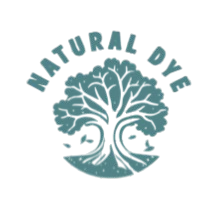
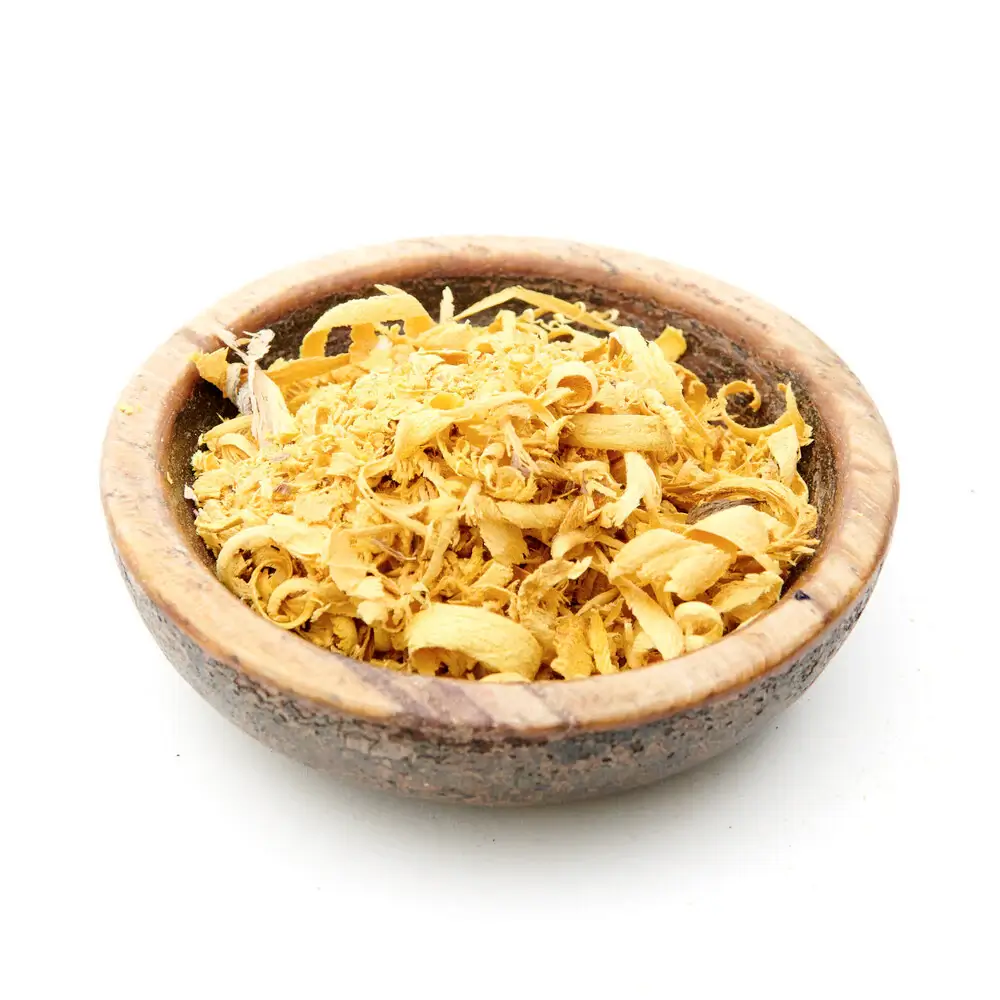
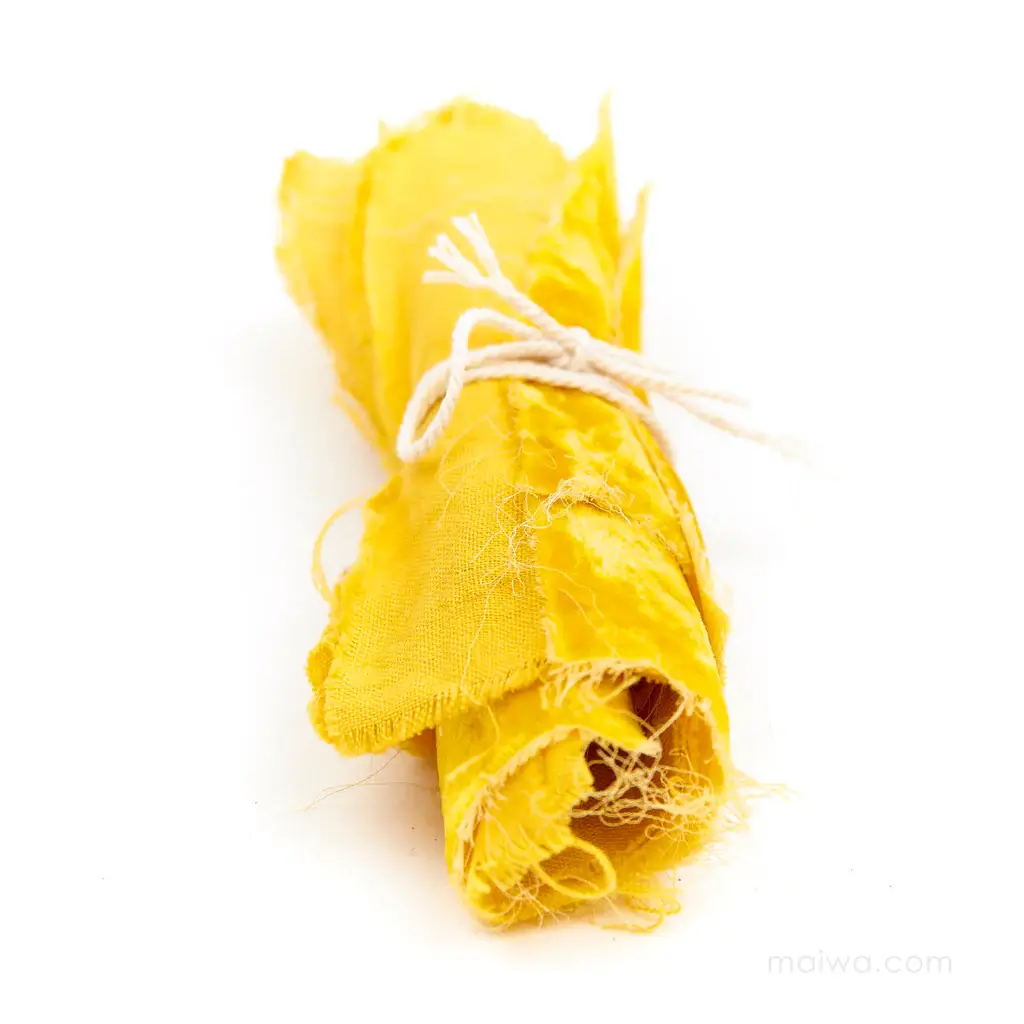
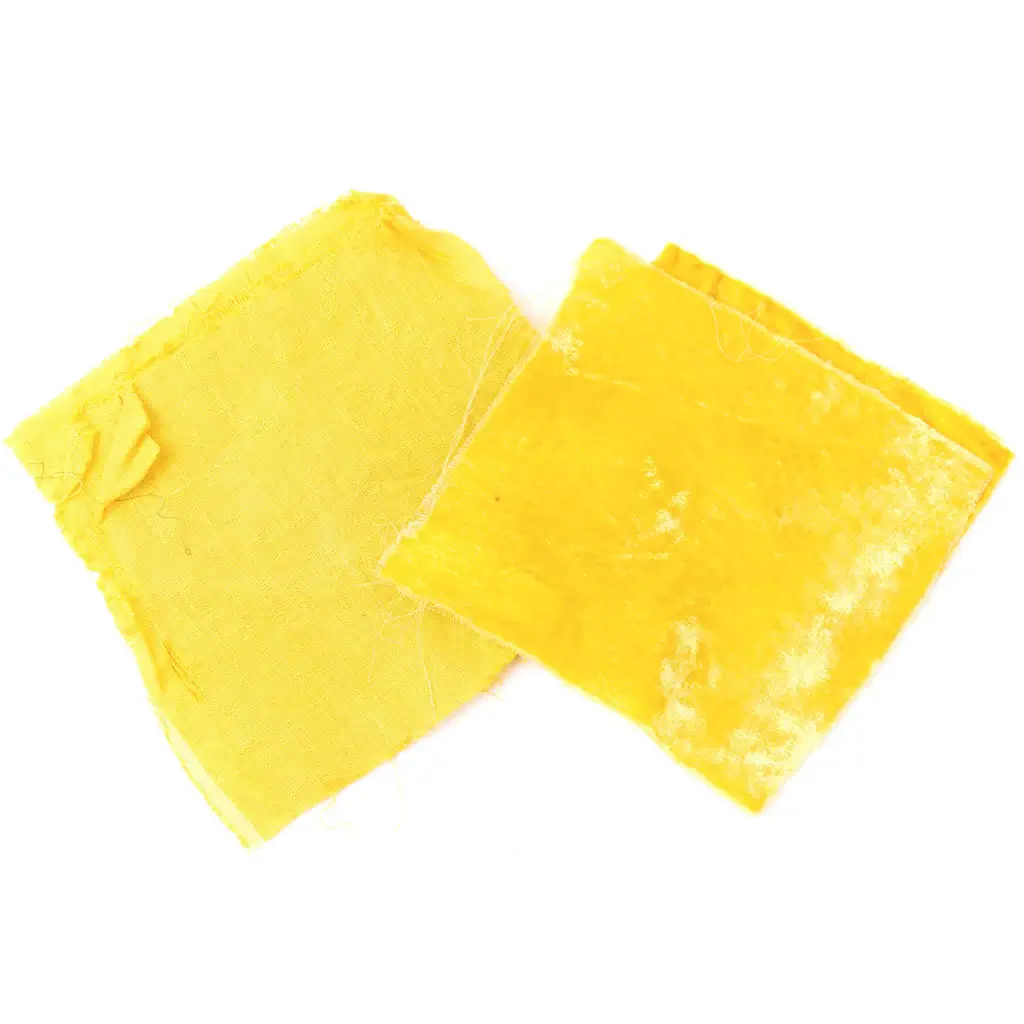
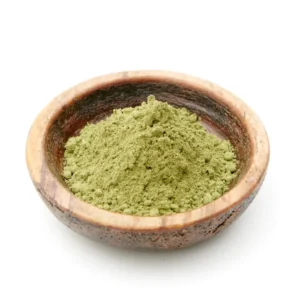
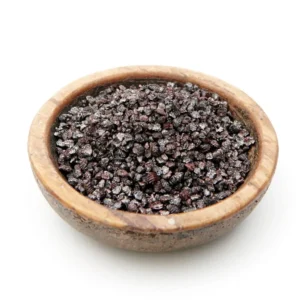
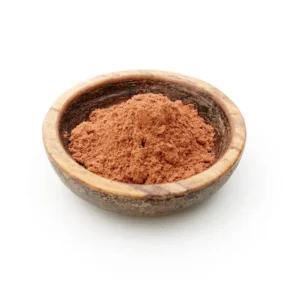
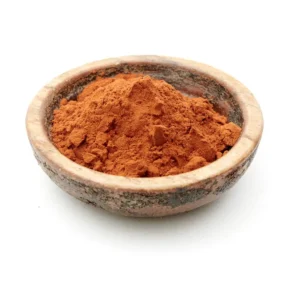
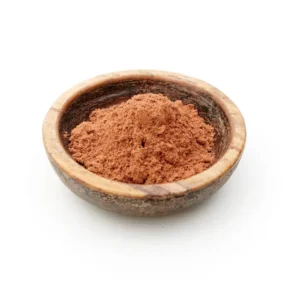
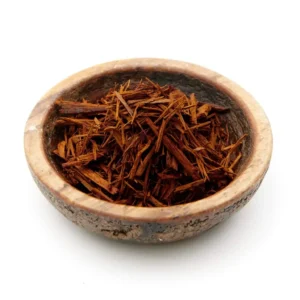
Reviews
There are no reviews yet.